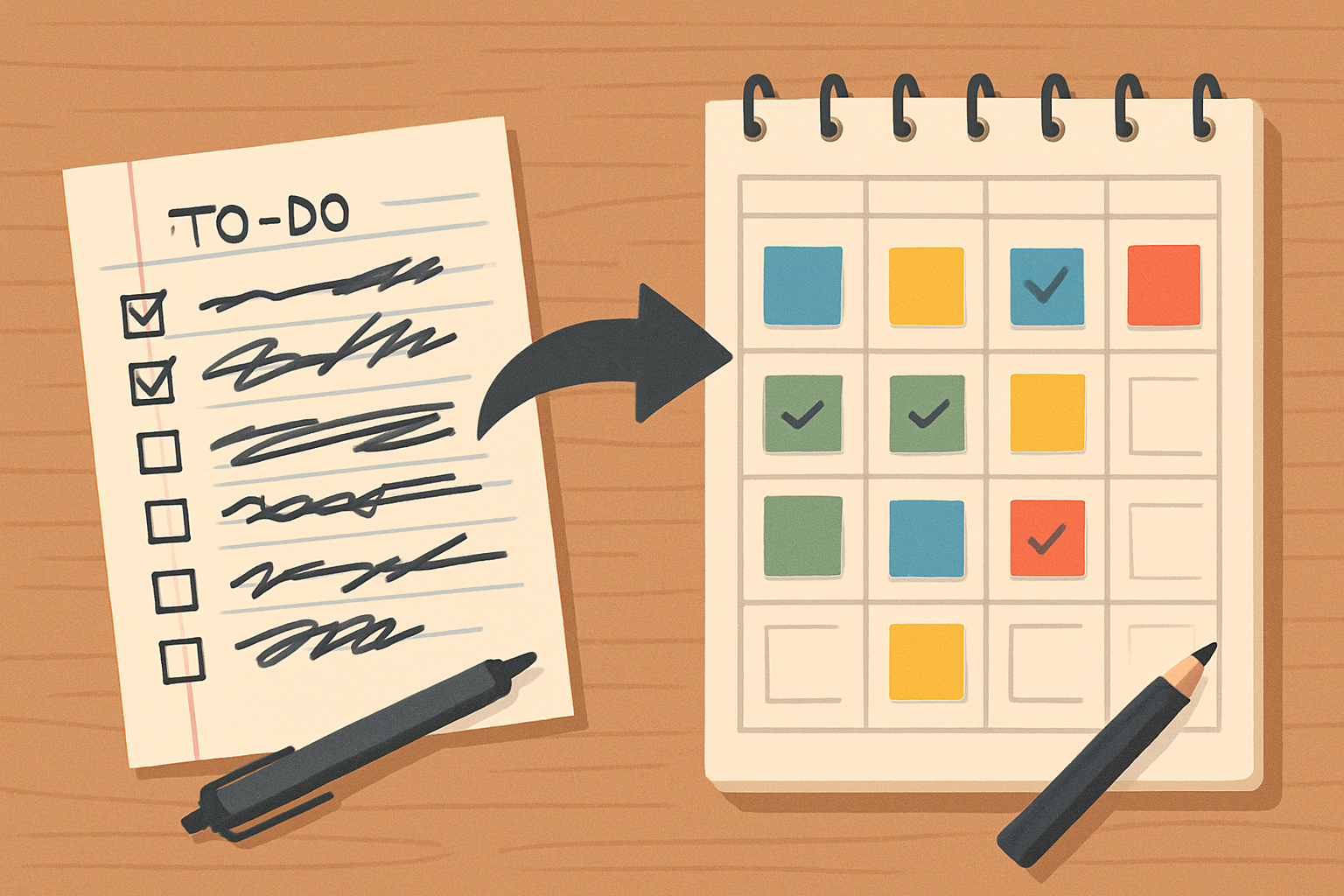
Agile is a simple idea: build in short steps, listen to users, and be ready to change course fast. It’s used far beyond apps now, from classrooms to hospitals, because life rarely goes exactly as planned. Castañón-Puga and colleagues explain that many teams visualize work on a task board with three columns—To-Do, In Progress, Done—so everyone can see where things stand at a glance. Their study demonstrates how this setup aligns well with “earned value management” (EVM), a method for comparing what was planned with what was actually accomplished and spent. In plain terms, EVM answers: are we on time, on budget, and getting the value we expected?
Here’s the cheat sheet. Planned Value (PV) is what you expected to finish by now. Earned Value (EV) is what you truly finished. Actual Cost (AC) is the actual cost. Two quick ratios tell the story: SPI = EV ÷ PV (schedule health) and CPI = EV ÷ AC (cost health). If SPI or CPI is below 1, you’re slipping; above 1, you’re ahead. Think of a group project: if you planned to write four pages this week (PV), wrote only two (EV), and spent more hours than expected (AC), your SPI and CPI will warn you early, before the deadline panic hits.
The authors developed a simple simulator that resembles a Kanban board. Tasks move from To-Do to Done while team “agents” pick them up, work on them, and sometimes finish early or experience delays. A small dashboard displays a burndown chart of remaining tasks, a PV-EV-AC chart, and a live CPI/SPI plot, allowing you to see the project’s pulse in real-time. You don’t need fancy math to use the idea: keep a board, log the time you expected versus the time you actually spent, and watch the two indices. It’s like tracking study goals: set your plan, record actual hours, and spot slips before exam week.
What makes this practical is how small chances of “good luck” or “bad luck” add up. In 2,100 simulated runs, the team tested different conditions—namely, the number of people, the number of tasks each person juggles, and the odds of finishing early or late. A clear pattern emerges: higher chances of being delayed push CPI down, while higher chances of finishing early push CPI up. The number of people or tasks per person matters less than those delay/advance probabilities. So in everyday terms, reducing blockers and distractions (delay) and creating tiny speed-ups (advance) beats simply “throwing more people” at the work. Try time-boxing, clearer handoffs, or removing one recurring bottleneck; your CPI/SPI will thank you.
Why care? Because plans meet reality every day. Projects mix predictable steps and surprise twists, so you need flexibility and a quick feedback loop. A simple board, combined with an EVM, gives you both: you see the work, you measure progress, and you adjust quickly. Start small this week—list tasks, estimate hours, log actuals, and compute SPI and CPI. If they dip below 1, don’t stress; focus on fixing the causes you can control: fewer multitasking switches, fewer interruptions, and faster reviews. That’s how you turn a messy to-do list into a finish line you can actually reach.
Reference:
Castañón-Puga, M., Rosales-Cisneros, R. F., Acosta-Prado, J. C., Tirado-Ramos, A., Khatchikian, C., & Aburto-Camacllanqui, E. (2023). Earned Value Management Agent-Based Simulation Model. Systems, 11(2), 86. https://doi.org/10.3390/systems11020086
Privacy Notice & Disclaimer:
This blog provides simplified educational science content, created with the assistance of both humans and AI. It may omit technical details, is provided “as is,” and does not collect personal data beyond basic anonymous analytics. For full details, please see our Privacy Notice and Disclaimer. Read About This Blog & Attribution Note for AI-Generated Content to know more about this blog project.